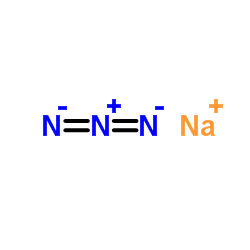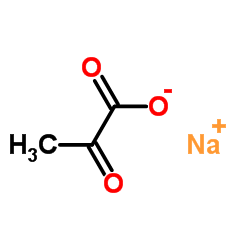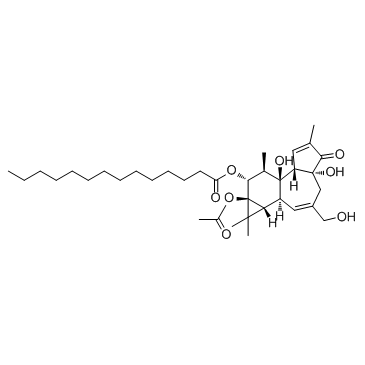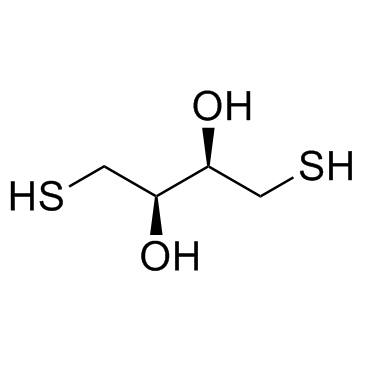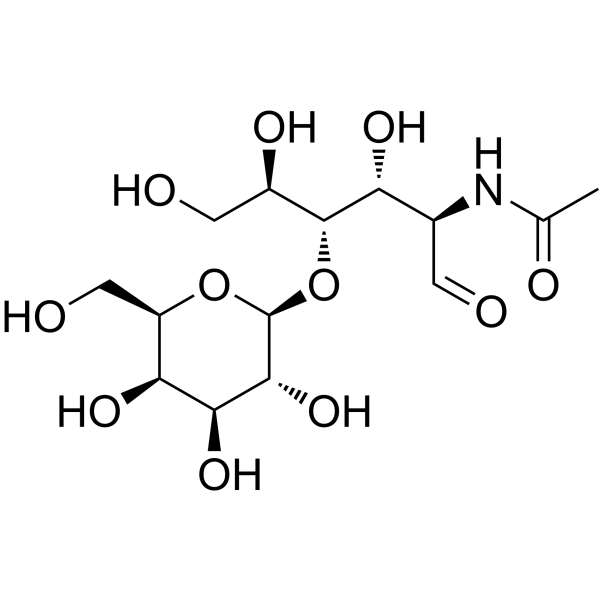Journal of Immunology
2015-04-15
Deficiency of MALT1 paracaspase activity results in unbalanced regulatory and effector T and B cell responses leading to multiorgan inflammation.
Frédéric Bornancin, Florian Renner, Ratiba Touil, Heiko Sic, Yeter Kolb, Ismahane Touil-Allaoui, James S Rush, Paul A Smith, Marc Bigaud, Ursula Junker-Walker, Christoph Burkhart, Janet Dawson, Satoru Niwa, Andreas Katopodis, Barbara Nuesslein-Hildesheim, Gisbert Weckbecker, Gerhard Zenke, Bernd Kinzel, Elisabetta Traggiai, Dirk Brenner, Anne Brüstle, Michael St Paul, Natasa Zamurovic, Kathy D McCoy, Antonius Rolink, Catherine H Régnier, Tak W Mak, Pamela S Ohashi, Dhavalkumar D Patel, Thomas Calzascia
Index: J. Immunol. 194(8) , 3723-34, (2015)
Full Text: HTML
Abstract
The paracaspase MALT1 plays an important role in immune receptor-driven signaling pathways leading to NF-κB activation. MALT1 promotes signaling by acting as a scaffold, recruiting downstream signaling proteins, as well as by proteolytic cleavage of multiple substrates. However, the relative contributions of these two different activities to T and B cell function are not well understood. To investigate how MALT1 proteolytic activity contributes to overall immune cell regulation, we generated MALT1 protease-deficient mice (Malt1(PD/PD)) and compared their phenotype with that of MALT1 knockout animals (Malt1(-/-)). Malt1(PD/PD) mice displayed defects in multiple cell types including marginal zone B cells, B1 B cells, IL-10-producing B cells, regulatory T cells, and mature T and B cells. In general, immune defects were more pronounced in Malt1(-/-) animals. Both mouse lines showed abrogated B cell responses upon immunization with T-dependent and T-independent Ags. In vitro, inactivation of MALT1 protease activity caused reduced stimulation-induced T cell proliferation, impaired IL-2 and TNF-α production, as well as defective Th17 differentiation. Consequently, Malt1(PD/PD) mice were protected in a Th17-dependent experimental autoimmune encephalomyelitis model. Surprisingly, Malt1(PD/PD) animals developed a multiorgan inflammatory pathology, characterized by Th1 and Th2/0 responses and enhanced IgG1 and IgE levels, which was delayed by wild-type regulatory T cell reconstitution. We therefore propose that the pathology characterizing Malt1(PD/PD) animals arises from an immune imbalance featuring pathogenic Th1- and Th2/0-skewed effector responses and reduced immunosuppressive compartments. These data uncover a previously unappreciated key function of MALT1 protease activity in immune homeostasis and underline its relevance in human health and disease. Copyright © 2015 by The American Association of Immunologists, Inc.
